Learn what really matters when selecting PAR lights for home parties and livestreaming. This guide explains the key specs—like CRI, color mixing, and control modes—and how they impact your visual results.
Why You Should Care About These Lighting Specs
Most users buying PAR lights for home use focus on brightness and price—but those aren’t the only factors that shape your experience. If your colors look off on camera, or the lights buzz audibly during quiet moments, you’re not getting the value you paid for.
When using lighting in a home setting—be it for parties, performances, or streaming—your space is limited, the audio is exposed, and you’re often both the performer and technician. That means the lights you choose need to be technically reliable, visually precise, and simple to operate without professional equipment.
This guide breaks down the critical elements behind PAR light performance in home scenarios—not just what to look for, but why it matters and how Betopper addresses each point.
How It Affects Your Real-World Results
CRI: Not All “White Light” Looks the Same
Low CRI values can distort skin tones and white surfaces, making people look pale or gray on camera. High CRI (Color Rendering Index ≥90) means your lighting faithfully reproduces colors, making faces natural and objects visually accurate—even under a basic webcam.
In livestreaming, a CRI difference of just 10 points (80 vs 90) can mean hours less color correction in post-production or on OBS filters.
Color Mixing: Why RGB Isn’t Enough Anymore
Traditional RGB fixtures can only mix a limited range of hues. By adding Amber and UV into the LED configuration (RGBWA+UV), you can generate warmer tones, subtle pastels, and blacklight effects. This matters whether you’re setting the mood for a party or creating visual depth behind you on camera.
Without amber, for instance, skin often looks cold or magenta under saturated color washes. Without UV, white objects remain flat under colored scenes.
Fan Noise and Thermal Design: A Hidden Dealbreaker
Many users don’t think about noise—until they hear it on their mic. In compact rooms, active cooling fans on cheap lights can be loud enough to disrupt acoustic recordings or ASMR-style videos.
Passive or smart cooling systems are essential in these environments. They prevent overheating without audible interference.
Control Modes: How Do You Want to Use It?
- DMX is powerful but overkill for most home users. Modern PAR lights should offer:
- Auto mode: cycling colors, fades, or macros without user input
- Sound-active mode: lights pulse to music beats—perfect for parties
- IR remote: change colors, strobe rate, and brightness from a distance
- Manual menu: basic control without needing external gear
If a light requires DMX just to show color, it’s not designed for home use.
How Betopper Engineers Its PAR Lights for Home and Studio Performance
High-CRI Output Through Calibrated White Channels
Rather than relying solely on mixed RGB to generate white light—which often results in a bluish or greenish cast—Betopper integrates dedicated white LEDs with tightly binned diodes. These diodes are matched in thermal characteristics and driven through linear current-regulated power supplies, ensuring high CRI values (90+) with minimal color shift across dimming ranges.
To stabilize spectral output under camera exposure, the PWM frequency of Betopper’s drivers is set at >15kHz, preventing flicker even under high-frame-rate shooting (e.g., 120fps slow motion).
6-in-1 LED Engines for Full-Spectrum Coverage
Rather than using discrete color arrays, Betopper's Lime Amber UV + RGB fixtures are built on 6-in-1 chipsets, meaning all color elements are combined in a single emitter. This minimizes color shadowing and ensures tighter beam uniformity.
The amber channel extends the color temperature range, useful in tungsten-mimicking scenes, while UV diodes operate at safe wavelengths (~395–405nm), enhancing fluorescence without health risk.
Noise-Controlled Thermal Architecture
For fan-equipped models, Betopper uses temperature-regulated PWM fan control, which adjusts RPM based on internal thermistor readings rather than running at full speed constantly.
In compact or passive models, the housings are designed with extruded aluminum fin patterns to dissipate heat efficiently without airflow noise. Thermal simulations in design ensure surface temperatures remain below safety thresholds, even during extended use.
True Standalone Operation with Firmware-Level Scene Logic
Instead of basic looped macros, Betopper’s standalone modes are built with event-based logic scripts, allowing variations in strobe timing, color transitions, and sensitivity profiles based on audio input voltage thresholds.
Sound-to-light mode includes multi-band audio detection, differentiating bass from high-frequency content to modulate both intensity and strobe behavior—essential for dynamic but non-repetitive lighting in music environments.
FAQ – Quick Answers for First-Time Users
Q1: Why do some lights look “blue” or “green” in white mode?
That’s usually a result of low CRI or poor LED binning. High-CRI lights use higher-quality white channels for neutral tone.
Q2: Can I sync multiple lights without DMX?
Yes. Most Betopper PAR lights support master/slave linking, allowing effects to run across multiple fixtures without a controller.
Q3: Is fan noise really a problem in parties?
In loud environments—no. But in recordings or quiet livestreams, yes. It's critical if you're using condenser mics nearby.
Q4: Does UV lighting affect health indoors?
No—PAR UV LEDs are blacklight-level only, used for fluorescent effects. They’re safe for indoor use and don't emit harmful UVC.
Final Picks – 5 Betopper PAR Lights Worth Considering
Betopper LC500
18x18W 6-in-1 LEDs with auto programs and UV integration, ideal for immersive effects.
Betopper LPC010-B
Compact, fanless, and quiet—perfect for tight spaces and streaming setups.
Betopper LPC120
High CRI output with 60x2W RGBW LEDs, built for camera-facing use.
Betopper LPC1818
Powerful 6-in-1 color engine with controlled cooling and standalone modes.
Betopper LPC010N
54x4W High CRI PAR Light ideal for color-accurate performance and all-around versatility.
Lights That Fit the Way You Actually Use Them
Choosing the right PAR light is not about chasing specs—it’s about knowing which specs actually affect your setup. Whether you’re looking to build mood, capture natural skin tones, or just throw a great party without the hassle, Betopper offers lights engineered with those real-world needs in mind.
- Chat with Us:Get personalized lighting advice for your home setup
- Save time and budget while enjoying fast shipping and after-sales support.
Explore all models here:










































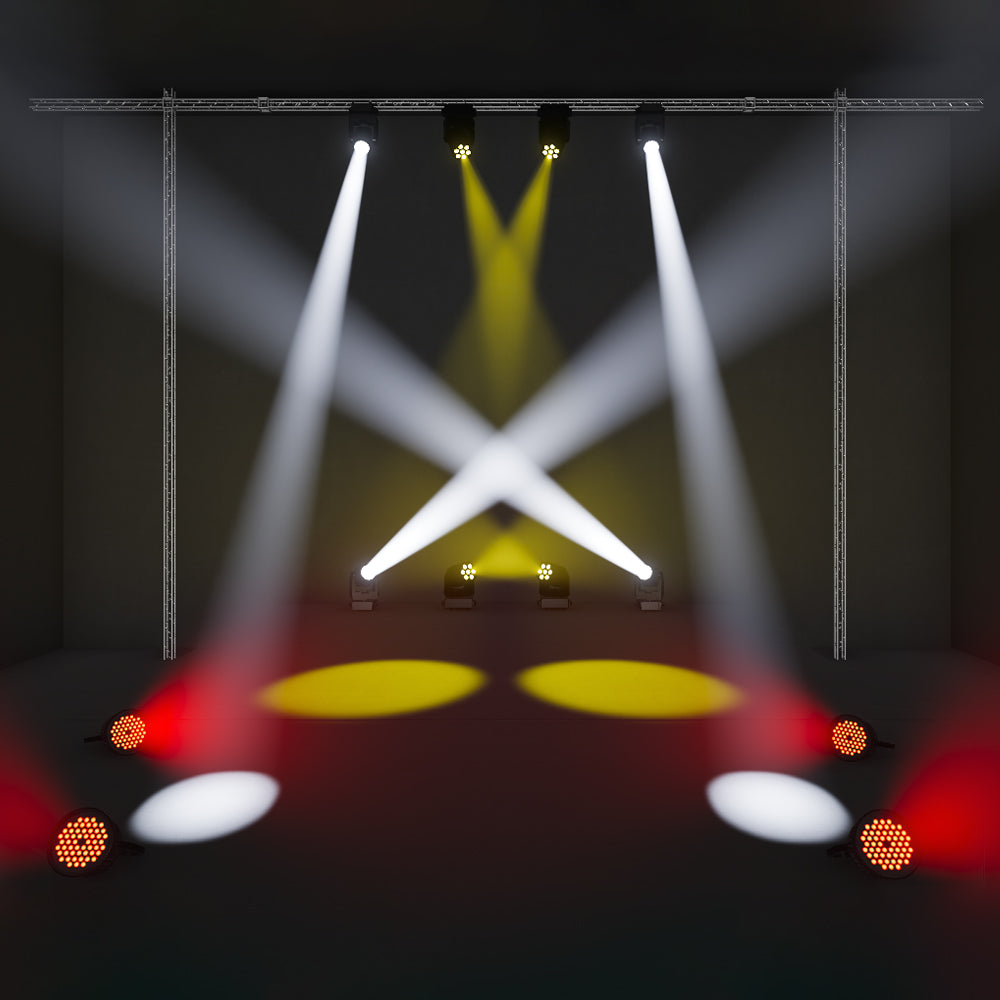
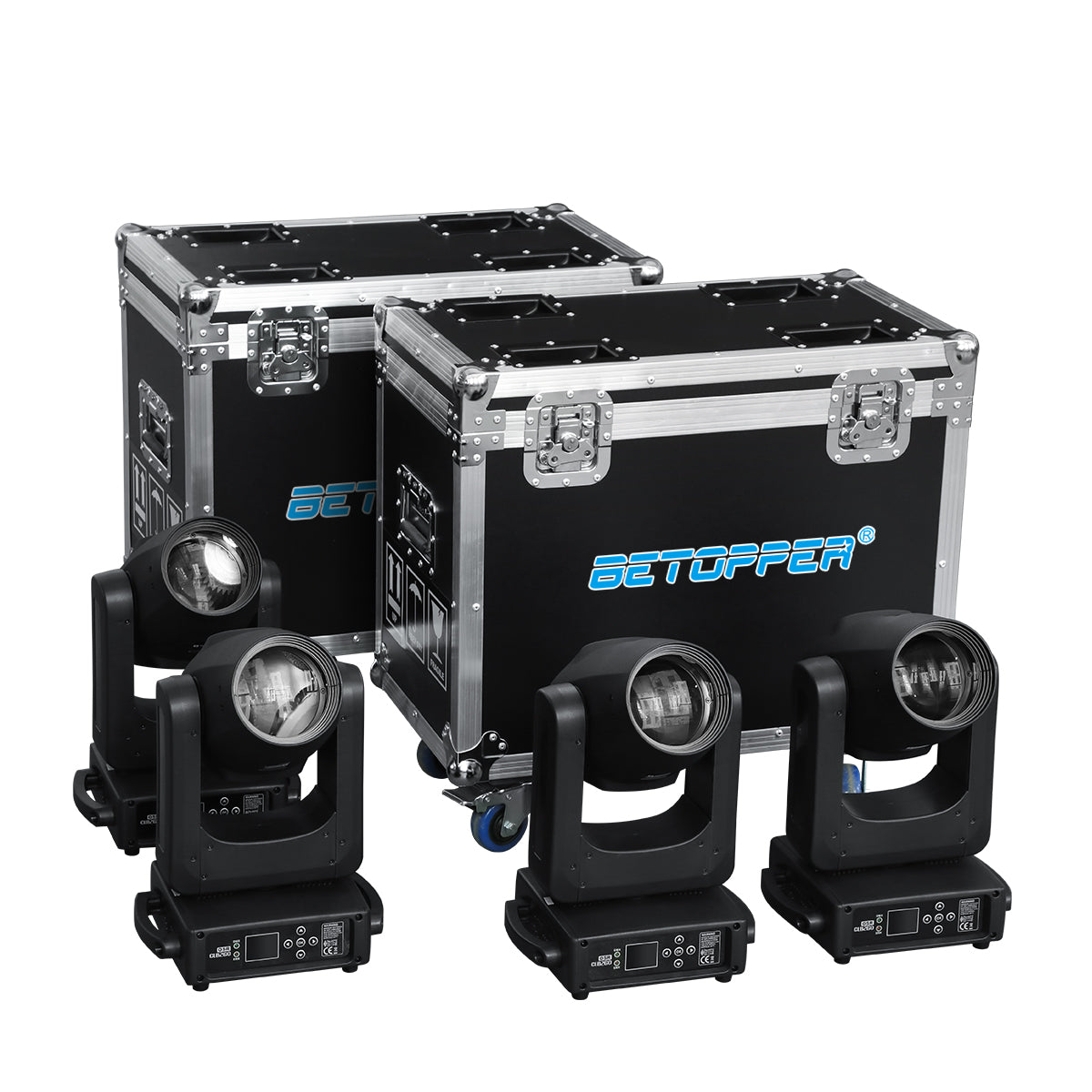
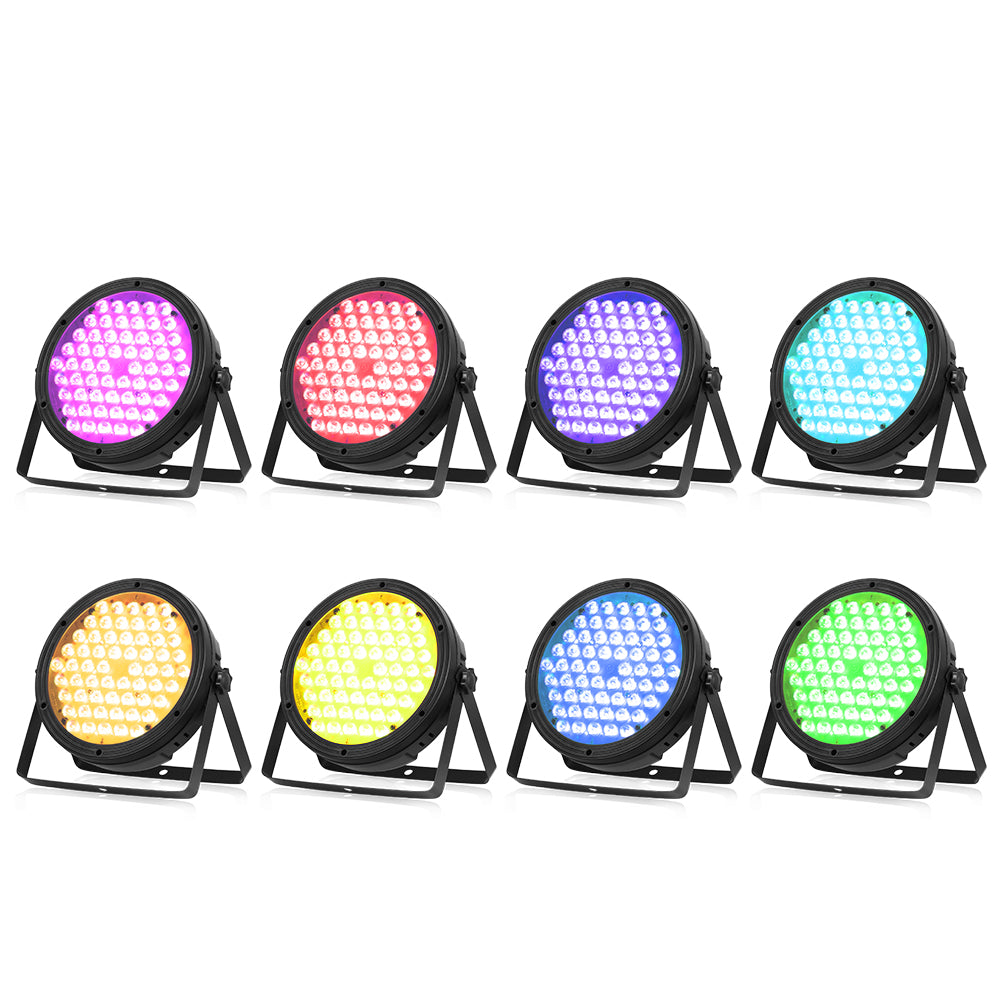
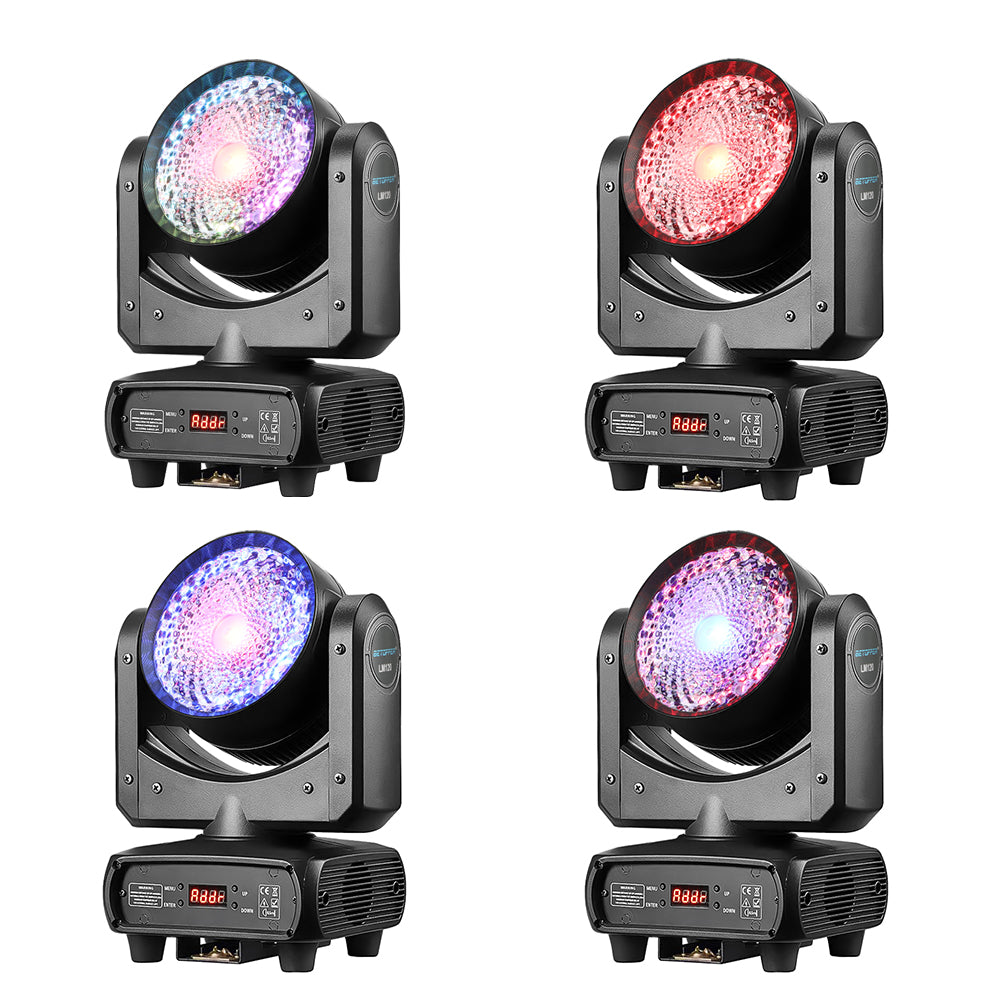
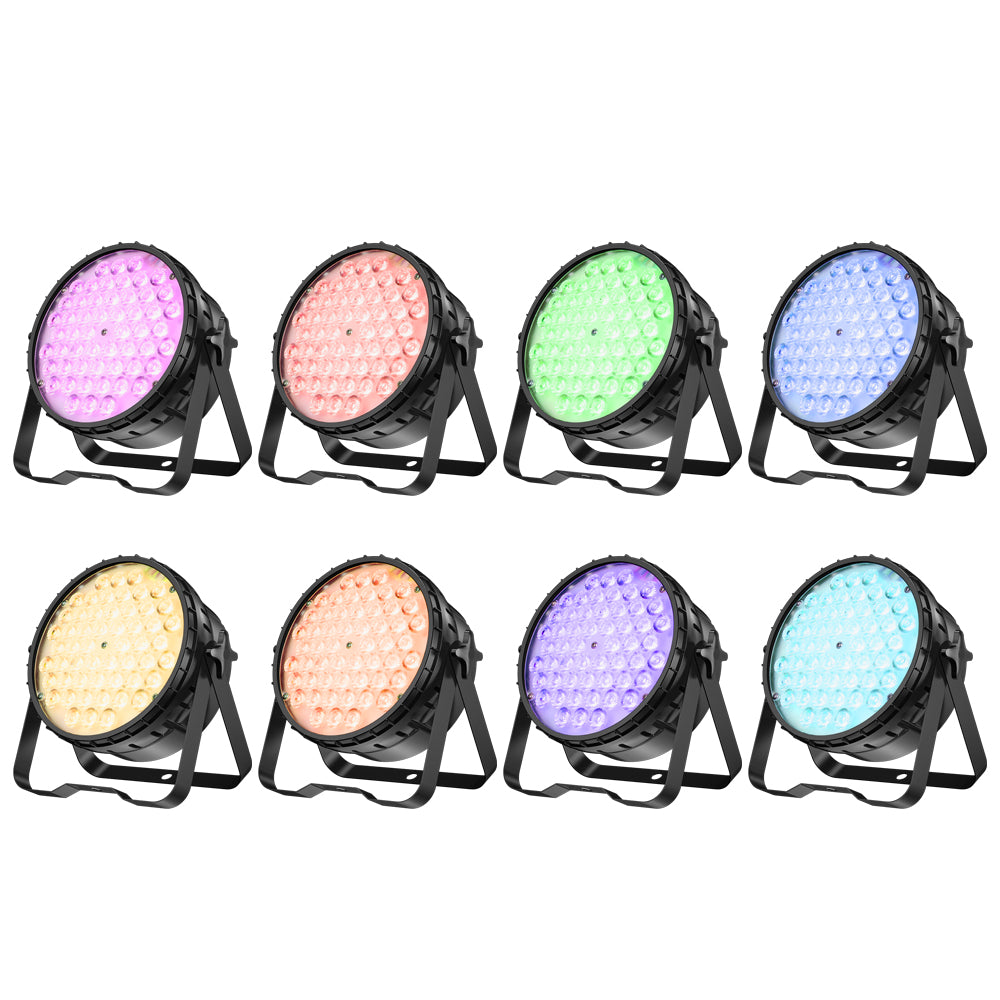

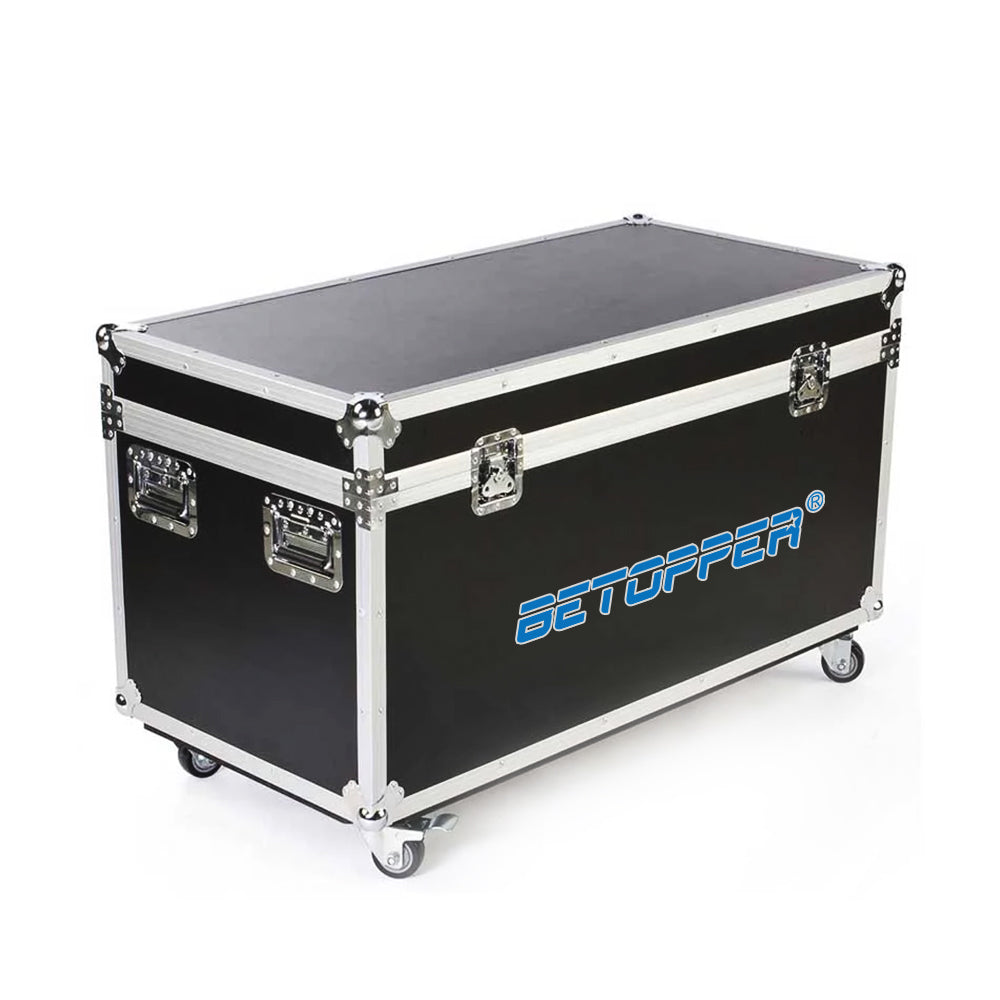
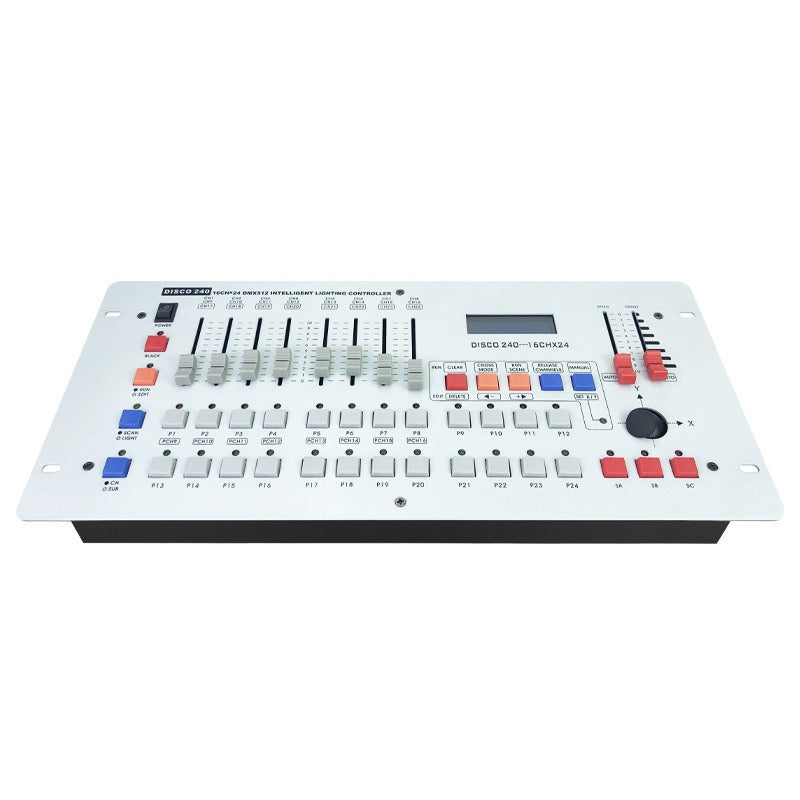
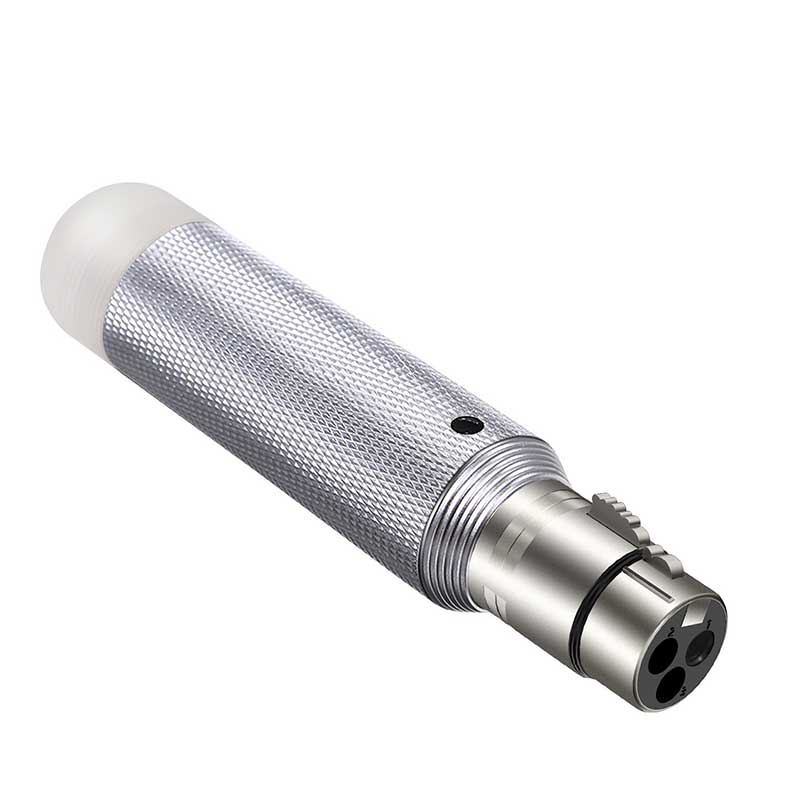
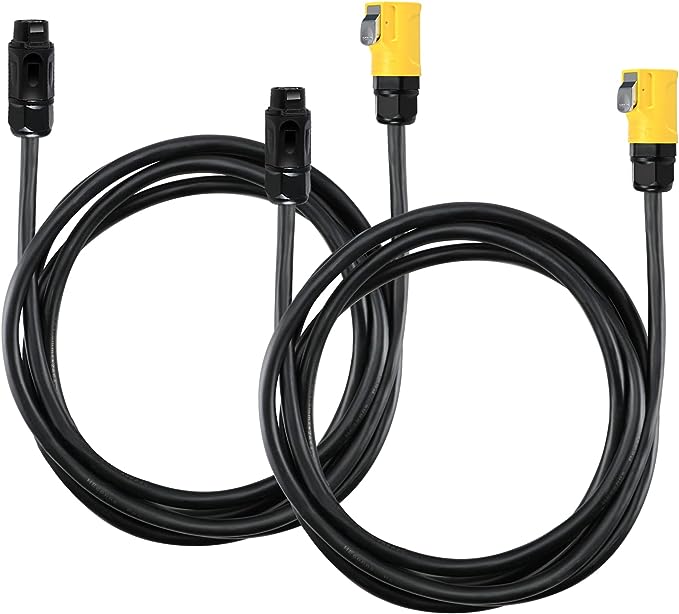
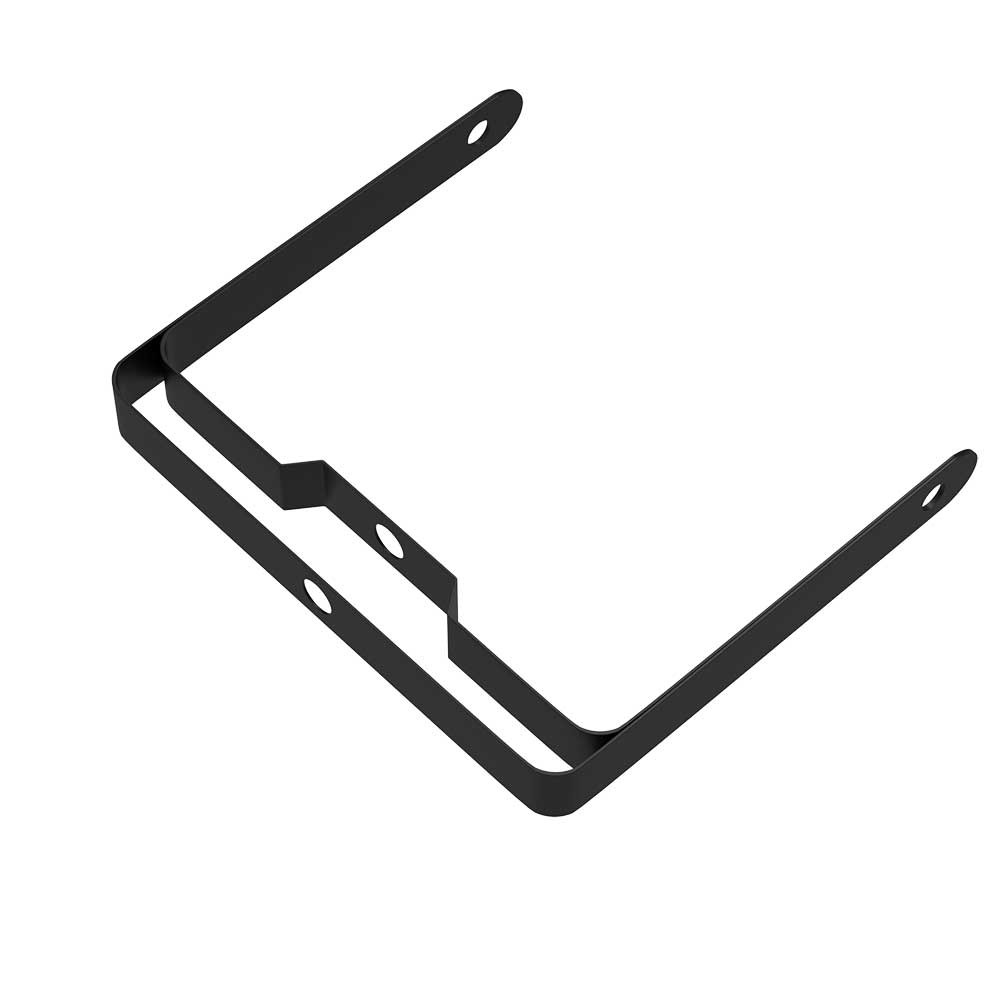
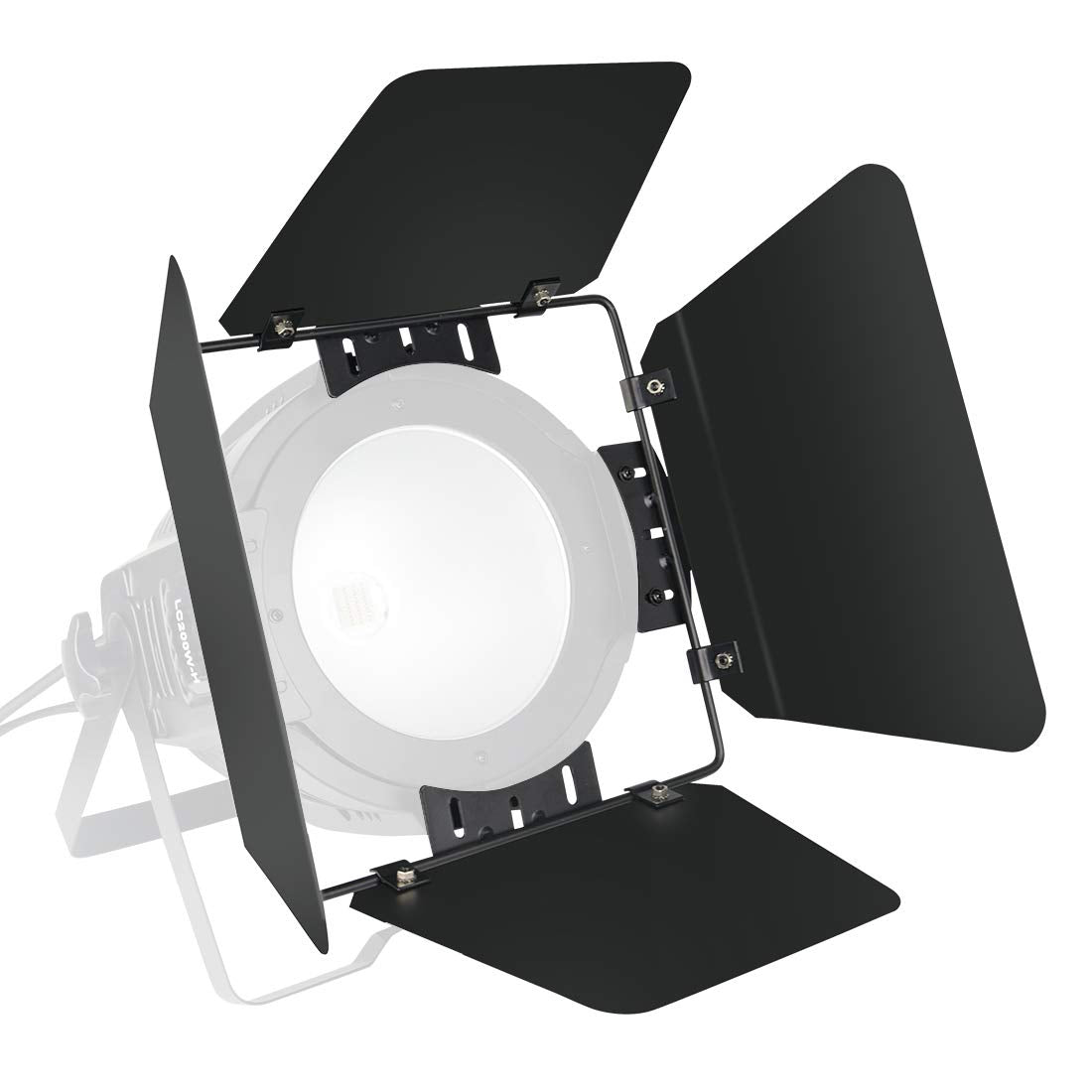
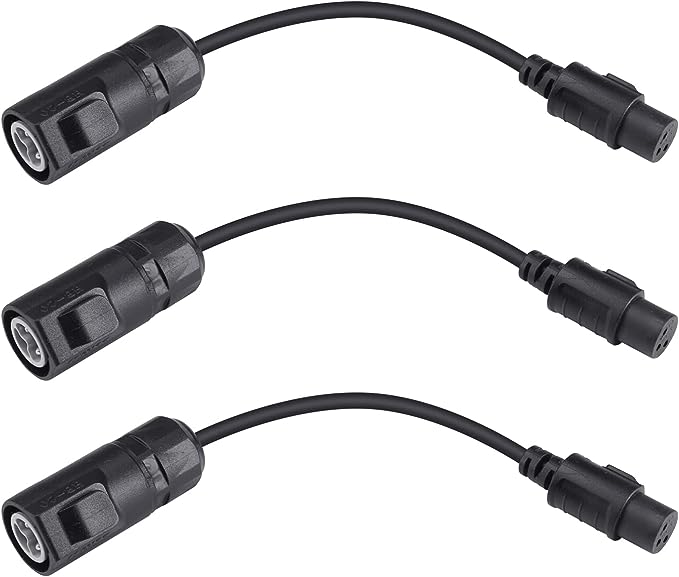
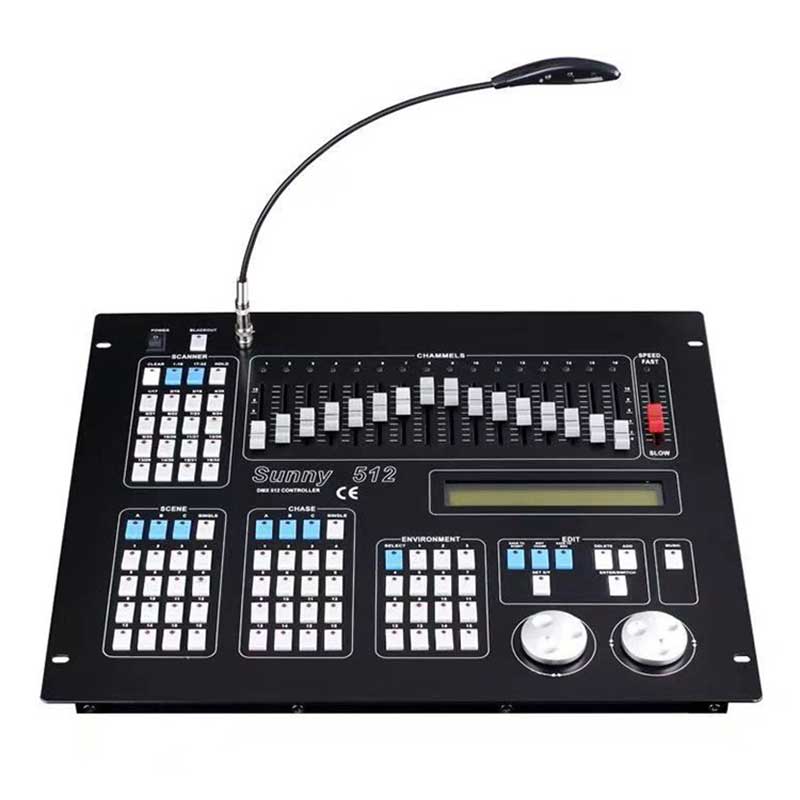
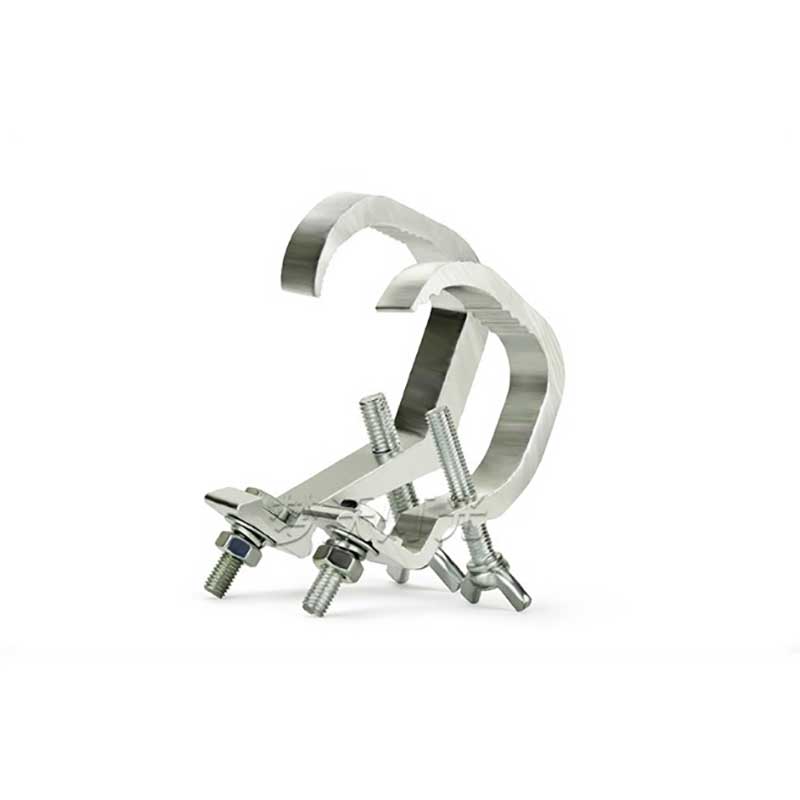
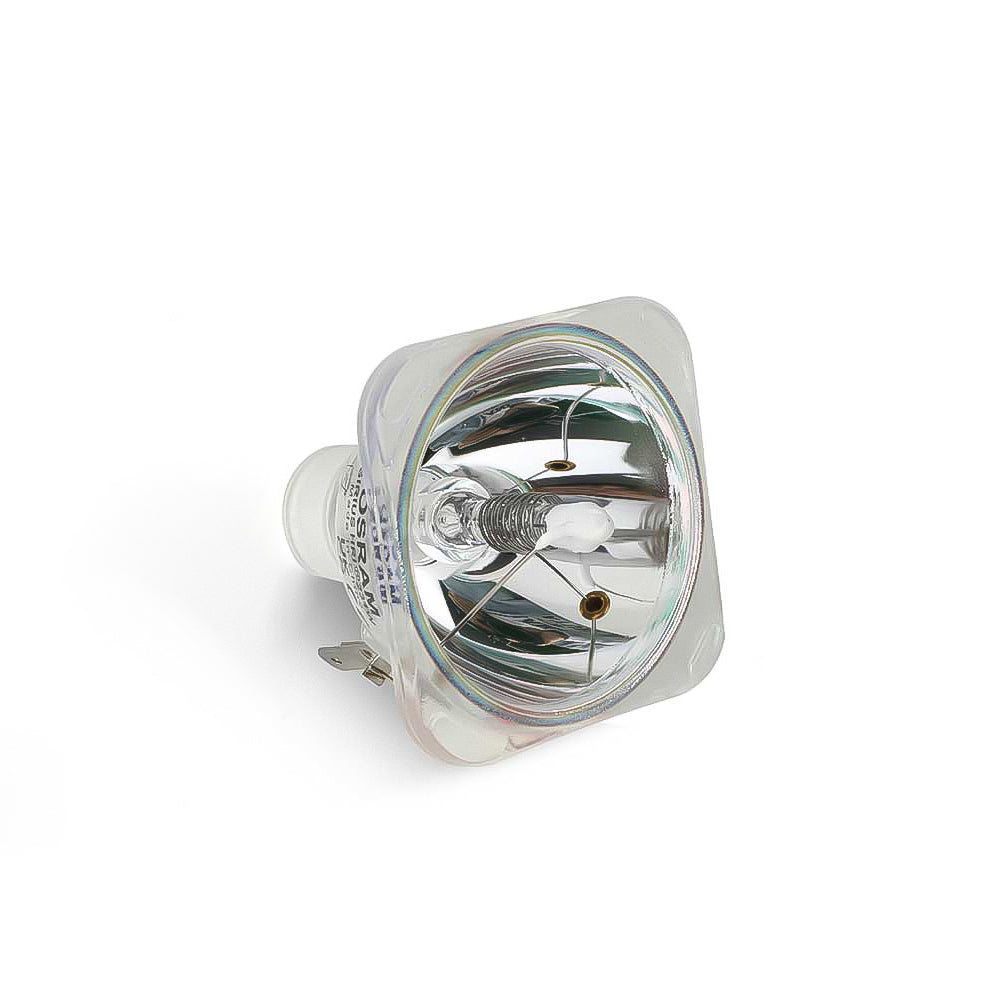
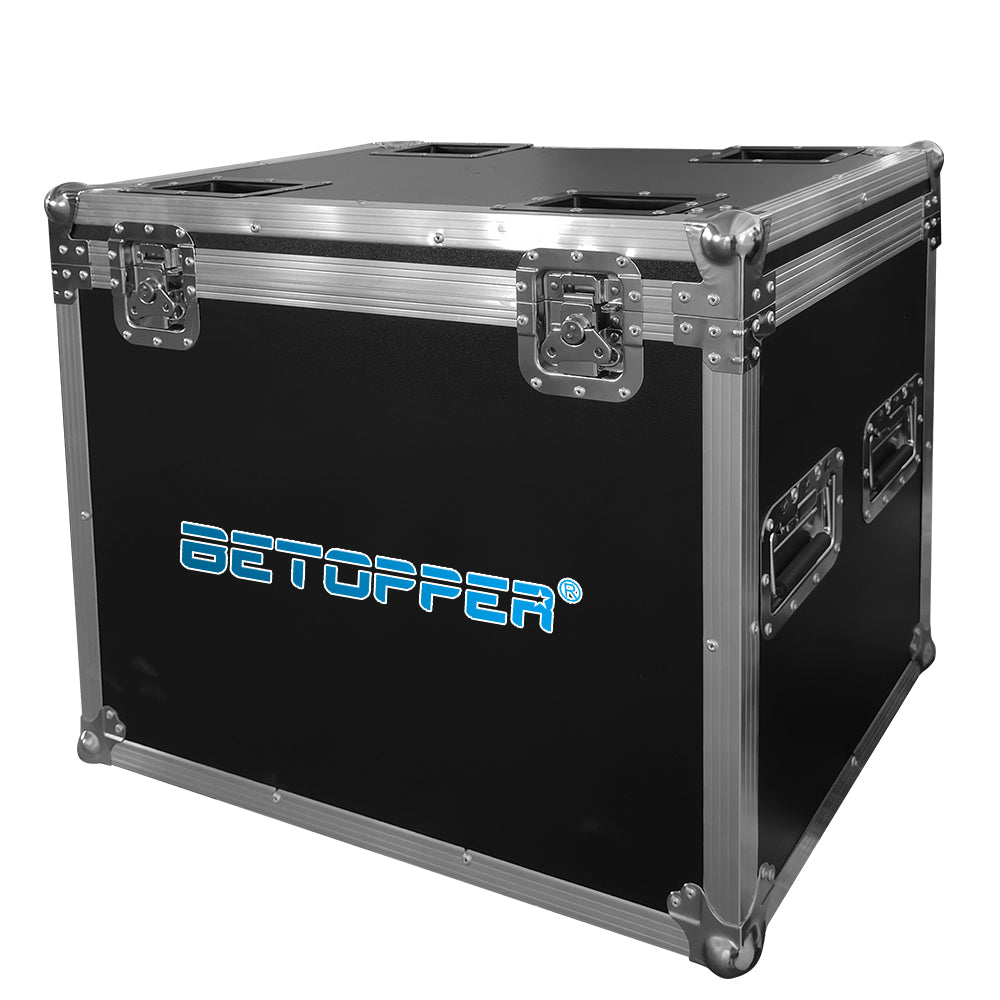
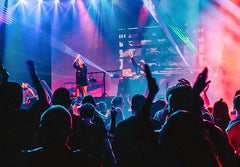
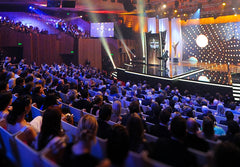
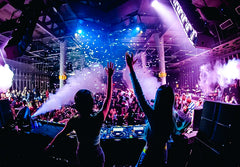



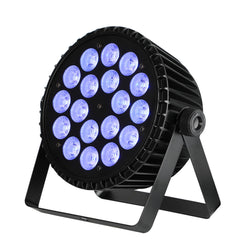
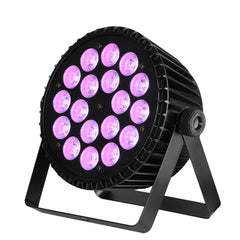
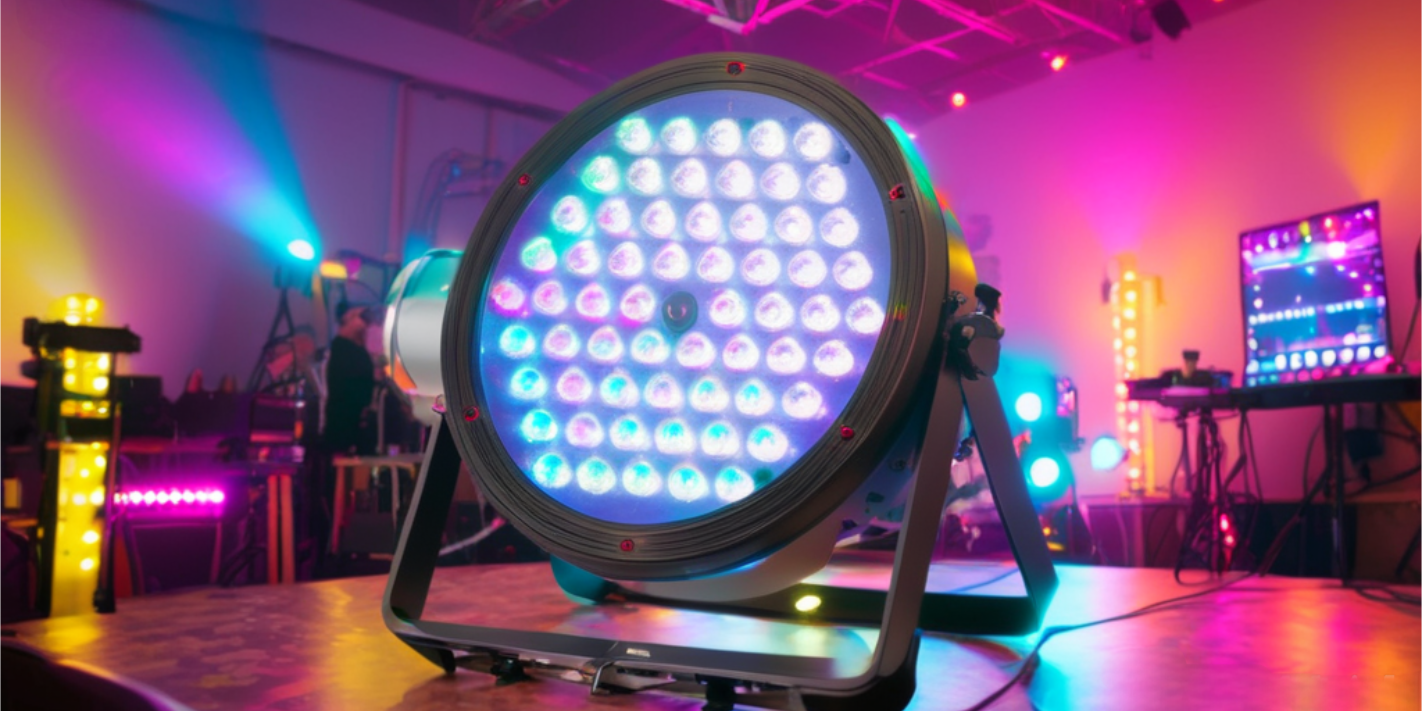
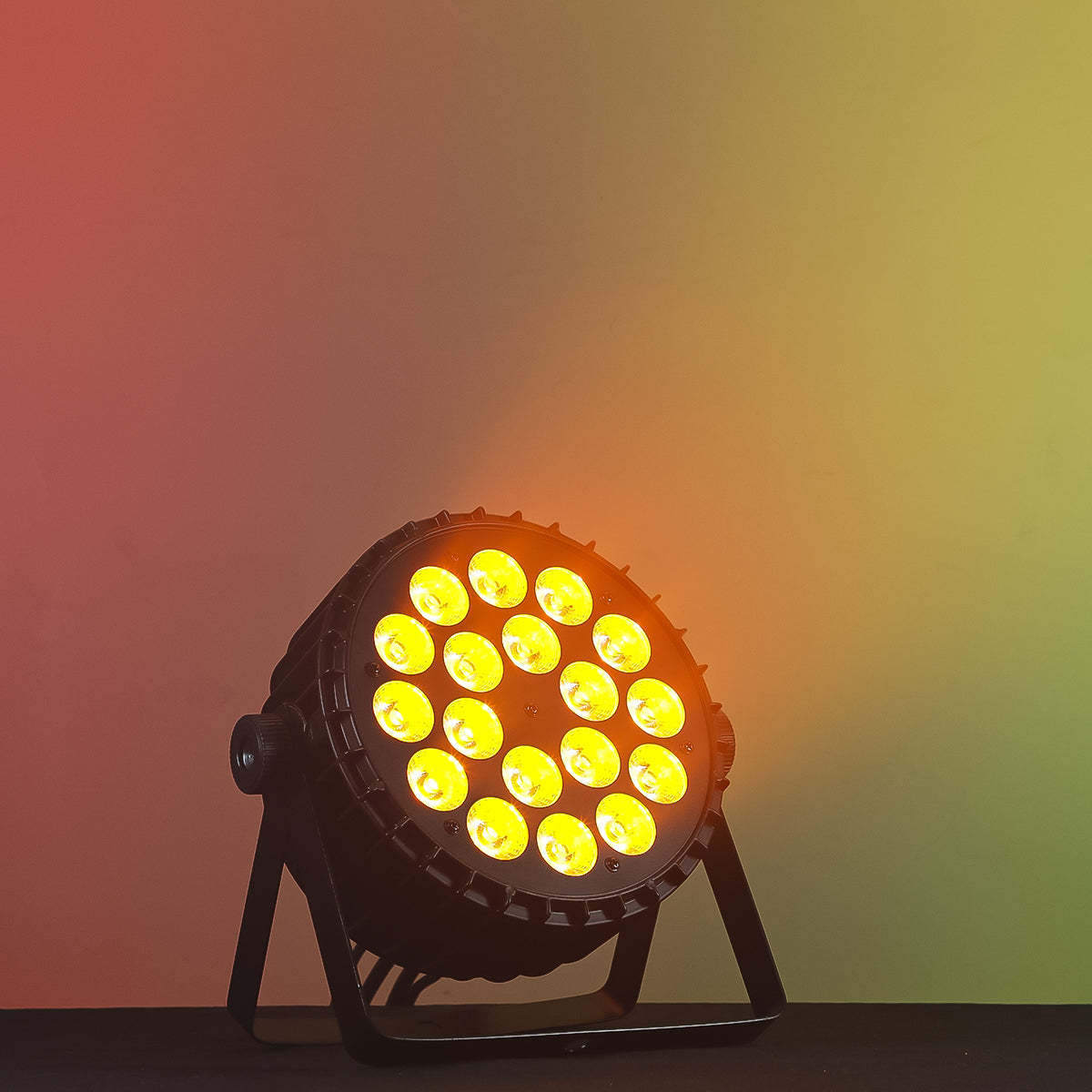



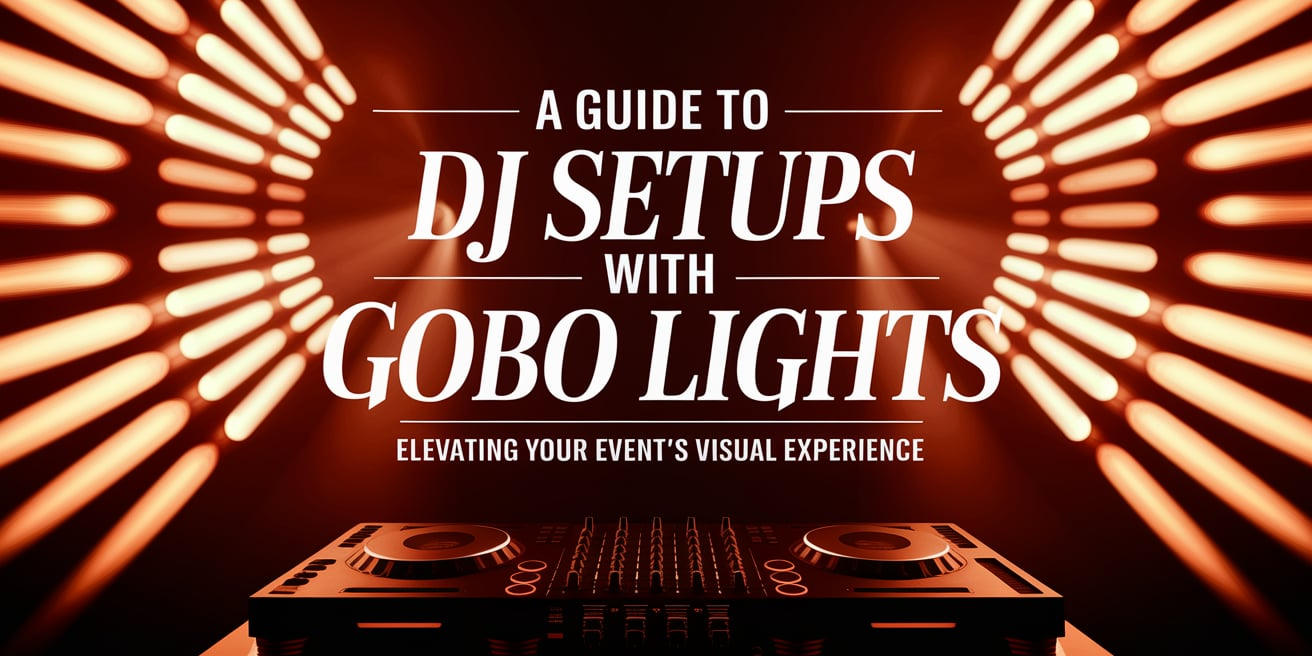
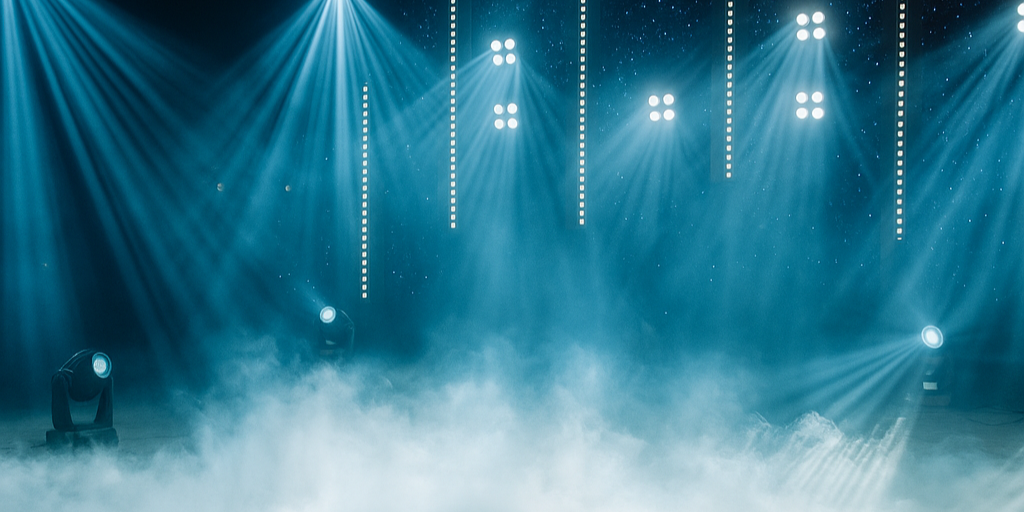
Leave a comment
This site is protected by hCaptcha and the hCaptcha Privacy Policy and Terms of Service apply.